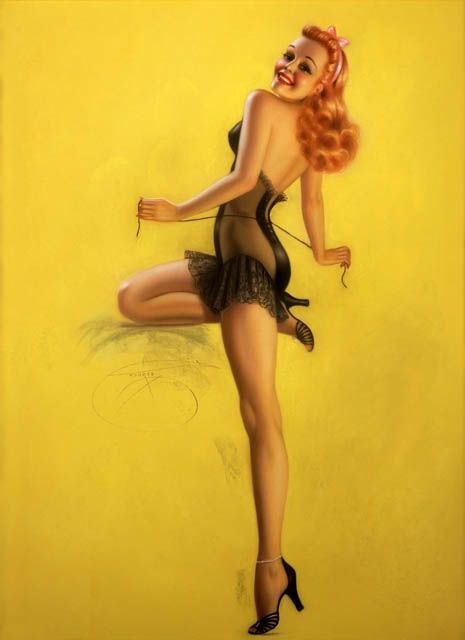Voices: Kicking This Habit
It's easy to be discouraged by the on-going acts of vandalism that have afflicted the miles of mules project. Yet, it is these very same acts that have illustrated - more effectively than had the sculptures remained
untouched - how crucial the project has been.
Whether or not it is inevitable, we are rarely surprised by vandalism. The anticipation, however, never seems to lessen the hurt and the shock when such shared works of art are damaged. And that's how we know the work has successfully served its purpose.
My daughters have been enthusiastic for the painted mules since they first went on display in our region this spring. But it wasn't until my five-year-old saw images of Planetary Mule's broken legs, that I fully grasped the immensity of the mules' contribution. She insisted, in a sort of panic, that we get in the car and drive around to make sure all the other mules were okay. Someone might as well have tampered with her toys or injured a pet. These mules were her friends and she very purely and genuinely cared about their welfare.
This same concern has come forth in adults, though perhaps with less obvious passion. It's precisely why the expense of a public art instillation is embraced by even the most stoic of community planners. Yes, it is more likely than not that the work will be the target of vandalism, but here's the irony. Once the novelty has worn off, the presence of artwork in any given community space actually serves to deter vandalism. People, even those brandishing spray paint, hammers, permanent makers and other tricks of the destructive trade, subconsciously become invested. They feel a sense of pride in the art-enhanced space and they develop a sense of ownership.
It's natural to doubt the Northeast Pennsylvania's readiness for culture - but to suppose that the region isn't ready for public art would be a mistake. The vandalism that has afflicted our mule herd is not solely a regional or even American phenomenon.
Stationed in Quakertown, Hope Museum was one of many mules damaged in the Lehigh Valley's herd in what appeared to be a theft attempt. A sculpture titled "Foreign Friends" was given to Palo Alto, Calif., by Sweden only to fall victim to a dual-headed decapitation. Adding insult to injury, the heads were later stolen. Poetry-engraved glass panels placed in a park in Vancouver, B. C., had to be moved after a series of attacks and a recent radio report from Brussels specifically cited damage to the city's "Art on Cows" project as one instance of this summer's increase in vandalism.
What kind of sense, if any, do these random acts of destruction make? In eliminating most community-specific theories, the universality of vandalism only further obscures our attackers' motivations. Often times, vandals strike in a statement of protest, but it's doubtful that those responsible for the recent mule attacks were acting according to political consciousness. I'm guessing, rather, that ignorance has been the rule. It's just painful to believe that those who attacked Planetary Mule, for example, would have done so if they were aware they were destroying the creative expression of secondary school students.
The joke has been made that such tampering proves public engagement with the art, but the reality is vandalism only emphasizes our estrangement from art. It cries out that we need not less exposure, but more.
Like the wry PSA by Americans for the Arts suggests, "It's no wonder people think Martha Graham is a snack cracker... There's not enough art in our schools."
Too many people fail to see the relevance that artistic creation might possibly have to their daily lives. One might see the work as a trivial distraction contradictory to the challenges of survival. Art, in general, is perceived as something belonging not to the common man, but only to those privileged enough to have no real concerns.
It is only by standing vulnerably in the stewardship of an entire community that public art can change such misconception.
-- alicia grega-pikul, 28 August 2003
Send e-mail to:apikul@timesshamrock.com.

